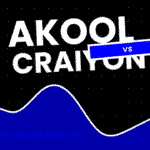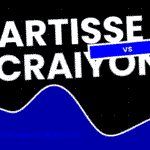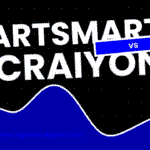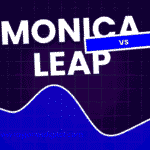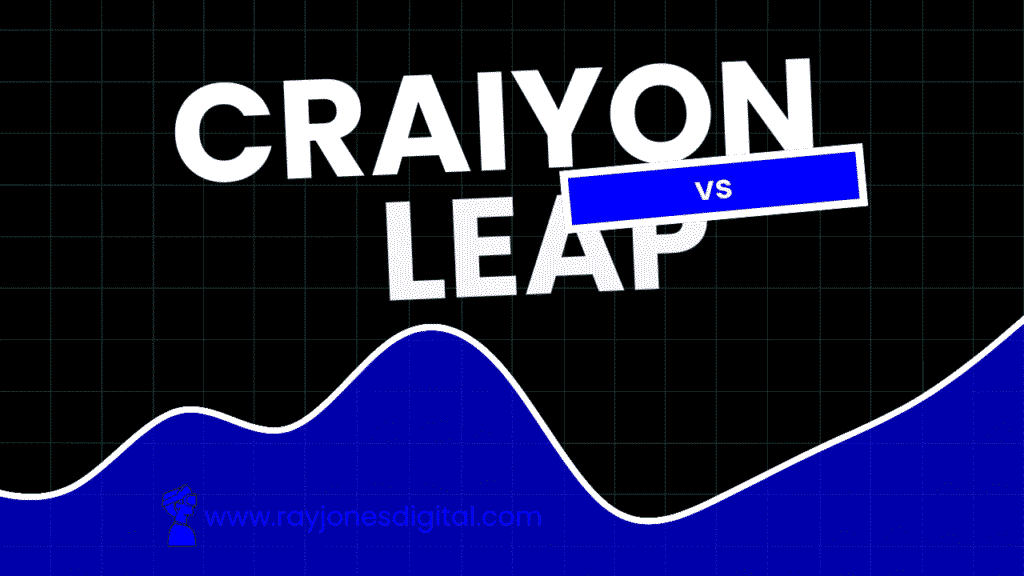
The AI image generation landscape has transformed dramatically over the past year, with dozens of platforms competing for users’ attention. Two notable players have emerged from this crowded field: Craiyon, the free and accessible option that democratises AI art creation, and Leap, the professional-grade platform targeting businesses and serious creators.
Both platforms harness artificial intelligence to transform text prompts into visual content, but they serve distinctly different audiences and use cases. Craiyon focuses on simplicity and accessibility, making AI art generation available to anyone with an internet connection. Leap takes a more sophisticated approach, offering advanced features and integrations for professional workflows.
This comprehensive comparison examines their capabilities, pricing models, and practical applications to help you determine which platform best suits your creative needs and technical requirements.
What Is Craiyon?
Craiyon stands as one of the most accessible AI image generators available today, offering free text-to-image generation without requiring user accounts or subscriptions. Originally known as DALL-E mini, the platform gained massive popularity for its ability to create quirky, distinctive images from simple text prompts.
The platform operates on a straightforward premise: users enter text descriptions, and Craiyon generates nine different interpretations of that prompt. While the results may not match the photorealistic quality of premium AI generators, Craiyon’s charm lies in its distinctive artistic style and complete accessibility.
Craiyon’s success stems from removing barriers to AI art creation. Anyone can experiment with AI-generated imagery without technical knowledge, payment requirements, or complex interfaces. This democratisation has made Craiyon a popular choice for social media content, creative experimentation, and introducing newcomers to AI art generation.
What Is Leap?
Leap positions itself as an enterprise-grade AI platform designed for businesses and professional creators who need reliable, high-quality AI image generation. Unlike consumer-focused generators, Leap emphasises workflow integration, API access, and consistent output quality for commercial applications.
The platform offers advanced features including custom model training, batch processing, and seamless integration with existing business workflows. Leap’s architecture supports everything from marketing agencies creating campaign visuals to e-commerce businesses generating product imagery at scale.
Leap’s approach centres on professional reliability and customisation. Rather than offering a simple text-to-image interface, the platform provides comprehensive tools for businesses to incorporate AI image generation into their existing processes and maintain brand consistency across generated content.
Core Features Comparison
Image Generation Quality and Style
Craiyon produces images with a distinctive, slightly cartoonish aesthetic that users either love or find limiting. The platform’s output tends toward surreal, dreamlike imagery that works well for creative projects but may not suit professional applications requiring photorealistic results.
The generation quality varies significantly depending on prompt complexity and subject matter. Simple prompts often produce charming, coherent results, while complex descriptions may result in confusing or distorted imagery. This unpredictability becomes part of Craiyon’s creative appeal for many users.
Leap focuses on producing professional-quality images suitable for commercial use. The platform offers multiple AI models optimised for different use cases, from photorealistic portraits to product photography and marketing visuals.
Quality remains more consistent across different prompt types, though this consistency comes at the cost of Craiyon’s distinctive artistic personality. Leap’s outputs tend toward conventional aesthetics that align with professional design standards.
Customisation and Control
Craiyon provides minimal customisation options, focusing instead on simplicity and ease of use. Users can only adjust their text prompts to influence output, with no control over image dimensions, styles, or generation parameters.
This limitation can frustrate users needing specific outputs but maintains Craiyon’s accessibility for casual users. The platform’s approach encourages experimentation with different prompt phrasings rather than technical parameter adjustment.
Leap offers extensive customisation capabilities including style presets, aspect ratio control, and advanced generation parameters. Professional users can fine-tune outputs to match specific brand requirements or aesthetic preferences.
The platform also supports custom model training, allowing businesses to create AI models trained on their specific visual assets. This capability enables consistent brand aesthetics across all generated content.
User Interface and Experience
Craiyon presents an extremely simple interface consisting of a text input field and a generate button. The minimalist design removes any barriers to use while providing clear feedback about generation progress and results.
The interface loads quickly across different devices and internet connections, making it accessible to users with varying technical resources. However, the simplicity may feel limiting for users wanting more control over their creative process.
Leap offers a more sophisticated interface designed for professional workflows. The platform provides comprehensive dashboards for managing projects, tracking usage, and accessing advanced features.

I am Ray Jones Digital
My current occupations: a Digital Marketer, Local SEO expert, Link Builder, and WordPress SEO specialist. Shopify SEO, Ecommerce Store Management, and HTML & WordPress Developer I have been practicing the above mentioned services for more than 10 years now As an SEO expert working with your ongoing projects.
